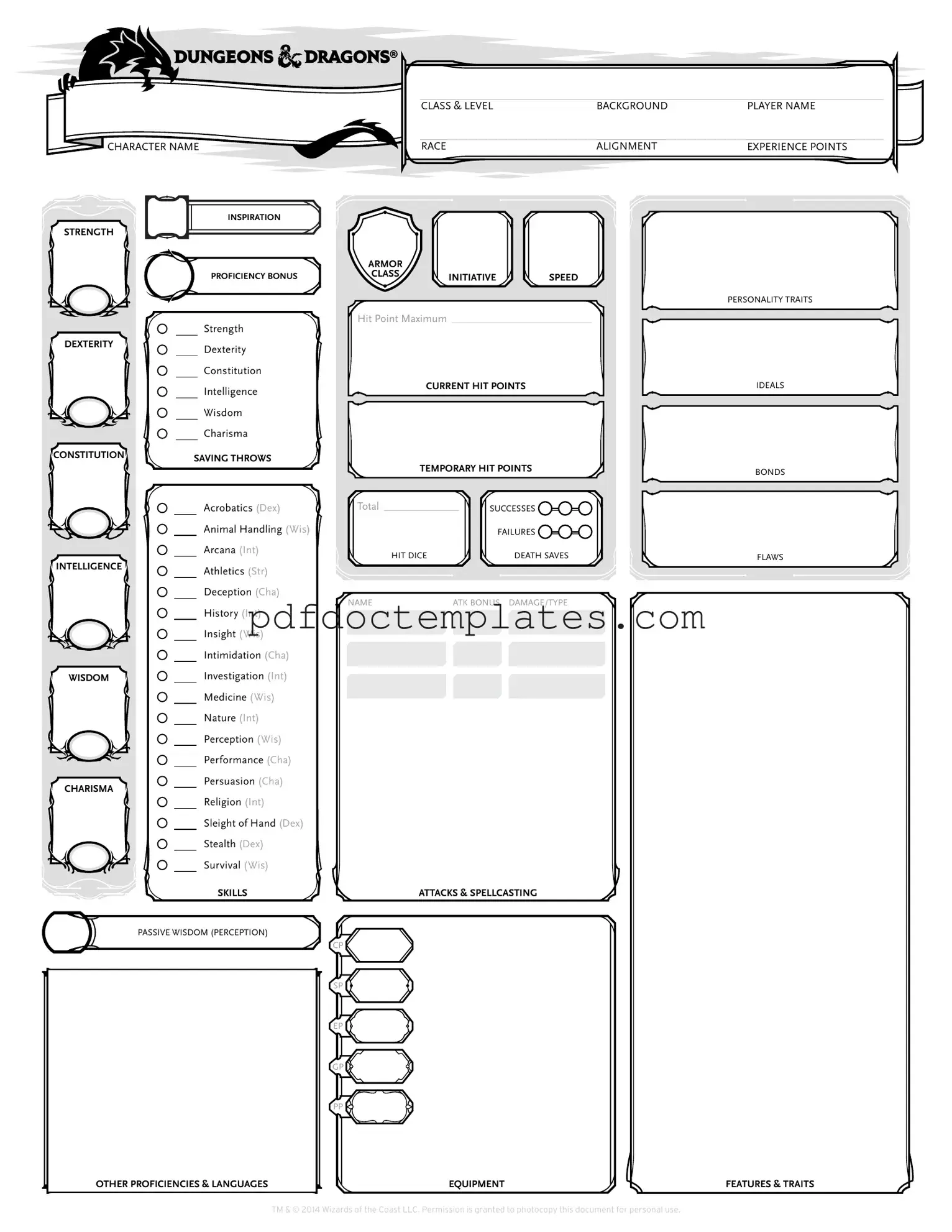Form 1099 Nec
- Filing electronically can simplify the process and reduce errors significantly.
The New York Operating Agreement form is a vital legal document designed for limited liability companies (LLCs) within New York State to outline the business's financial and functional decisions, including rules, regulations, and provisions. This agreement serves as a critical tool in defining the structure of the business, detailing the responsibilities of the members, and safeguarding their personal assets against the company's debts and obligations. For those seeking a comprehensive guide to establishing such an agreement, All New York Forms offers valuable resources. The content of the Operating Agreement is especially important as it provides a clear framework for operation and conflict resolution, ensuring that all members are on the same page regarding the company's governance and operational strategies.
Can You Skip a Month With Melaleuca
- The customer’s decision to suspend benefits should be final and informed.













